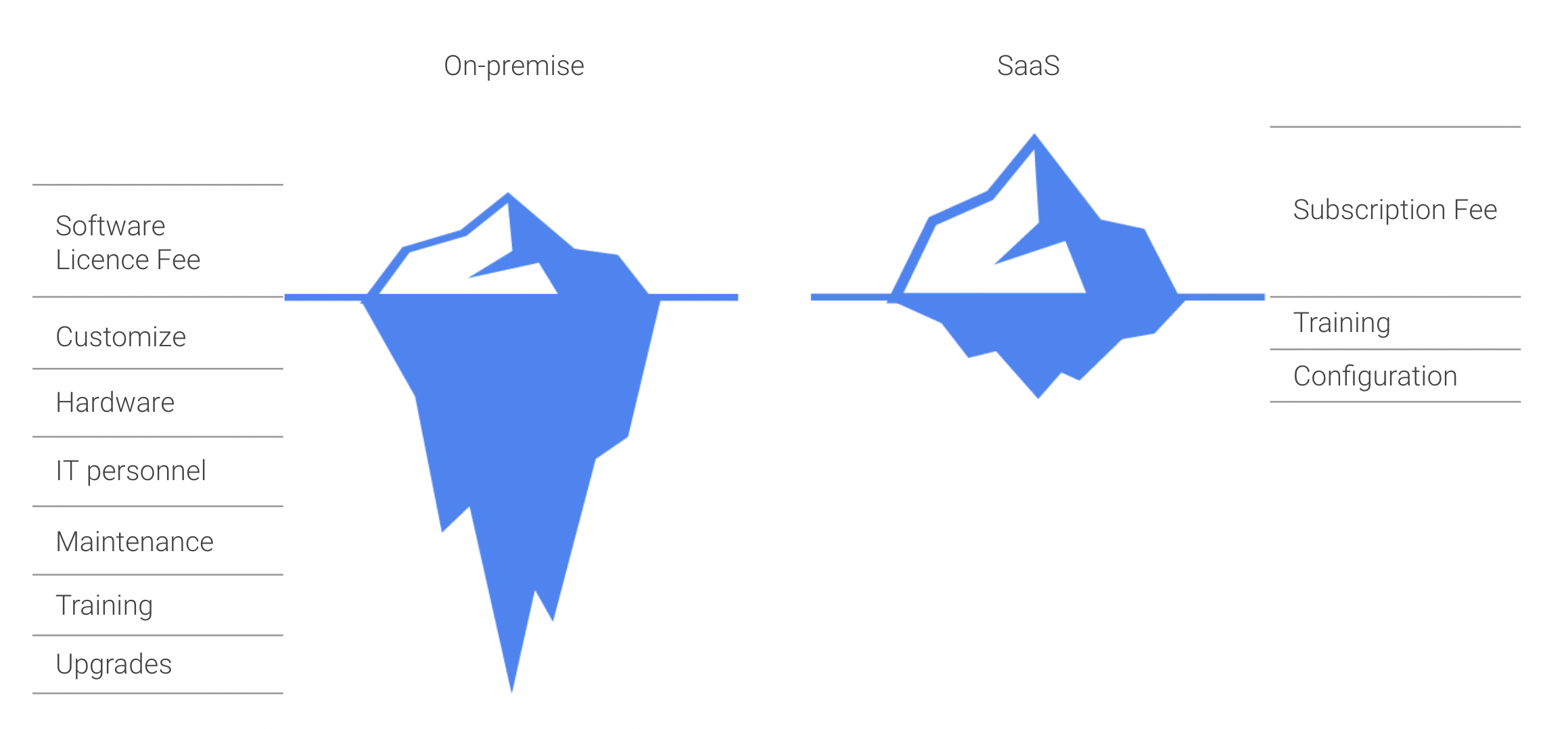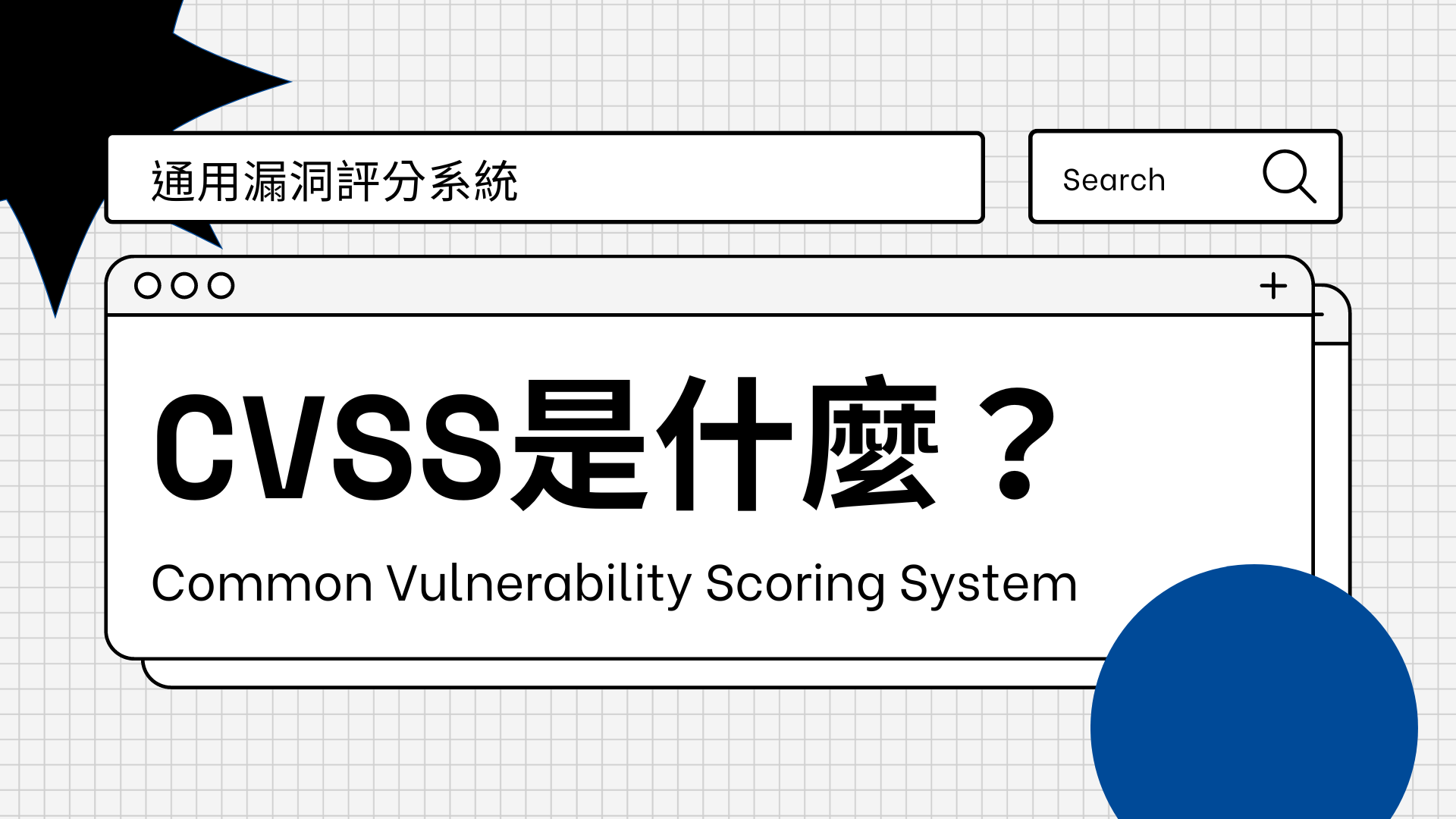
Is SaaS Expensive or Not?
June 21, 2022
Benefits of SaaS
Adoption of SaaS services are growing fast around the world. Usually the benefits of SaaS are described as follows.
The first benefit is that it is scalable and can purchase licenses on-demand. Today, it is a world where predicting the future is difficult. For example, it was really difficult to predict the economic effects of COVID-19 and it is really difficult to predict how long it will last. This means, it is difficult to predict the future business situation of a company. If business goes well, there will be more employees working for the company. If the business doesn't go well, employee numbers can decrease. Previously when we used to own servers, it was important to have a good provisioning of future employee numbers. If there are fewer employees than expected, the company will be overinvested to purchase the server which has too much power than needed. On the other hand, if there are more employees than expected, the company may need to purchase another server or employees may use the system with slow performance. Since the SaaS is scalable and can purchase licenses according to the company’s needs, an IT manager doesn’t need to think about the size of the company in the future.
The second benefit of SaaS is high availability. Since all SaaS services are available on the internet, the user can access the SaaS service from anywhere. Plus, usually SaaS services are well designed to avoid any service down, there are less occasions where users can not access the service.
Lastly, softwares of the SaaS service is updated automatically. Since no software is perfect from the beginning, if a company is using software on an on-premises system, an IT manager needs to install the updates as the vendor of the software fixes issues. However, this task will not be needed when the company is using SaaS services. Software of SaaS services will be updated by the vendor. Moreover, in many SaaS services, in order to retain the user to continue using the service, SaaS vendors try hard to add new functions. And, those new functions are also added automatically as SaaS software updates.
Total Cost of Ownership
In order to compare the cost between an on-premise system and SaaS, first, we need to understand the concept of total cost of ownership. There are 3 types of costs when we discuss cost of ownership. The first one is direct cost. The direct cost is the cost paid directory to acquire the solution. For on-premise solutions, the cost of software and hardware are direct costs. For SaaS, subscription fee will be the direct cost. This cost is obvious and easy to compare because we can easily check by comparing quotations.
The second type of cost is indirect costs. Example of indirect cost is the resource cost of people who prepare and maintain a solution. For on-premise solutions, usually, an IT manager needs to set up servers and install software to use the solution. And, if there is a software update, the IT manager needs to do the update procedure. Plus, when there is some malfunction in the server, the IT manager needs to investigate the cause and fix the problem of malfunction. Compared to these indirect costs which are needed for on-premise solutions, SaaS doesn’t need much indirect cost. On many occasions, this fact is described as the tip of the iceberg where the direct cost is easily noticeable but indirect cost is hard to see. In this white paper called PaaS-onomics by LongJump introduces the research by Forrester Research which estimated that 80% of the spending on IT budgets is on maintenance. This research indicates that the indirect costs are too big to ignore when we discuss the cost of ownership.

The third type of cost is hidden costs. The hidden costs are the additional cost which is caused by the use of the solution. For example, if we use an on-premises solution, there is always a situation where the server malfunctions and needs to suspend the service. We often call this situation a downtime. If downtime happens, there is the chance to lose business opportunities because of inability to use the system. And, the cost of those lost business opportunities is the hidden cost. Hidden cost is difficult to calculate. However, it is important to know that there are such costs.
Importance of considering as a total
If a company is a startup company which lacks human resources and doesn’t have any existing solution, SaaS is the best solution to adopt. The company can start using a solution with less cost and the company doesn’t need to own any physical servers.
However, if the company is thinking of migrating the existing solution to SaaS, the cost is the one of the important factors to consider. And, I believe it is important to understand that there are different types of costs and it is important to compare cost by total cost of ownership.
喜歡這篇文章嗎?歡迎分享出去!






